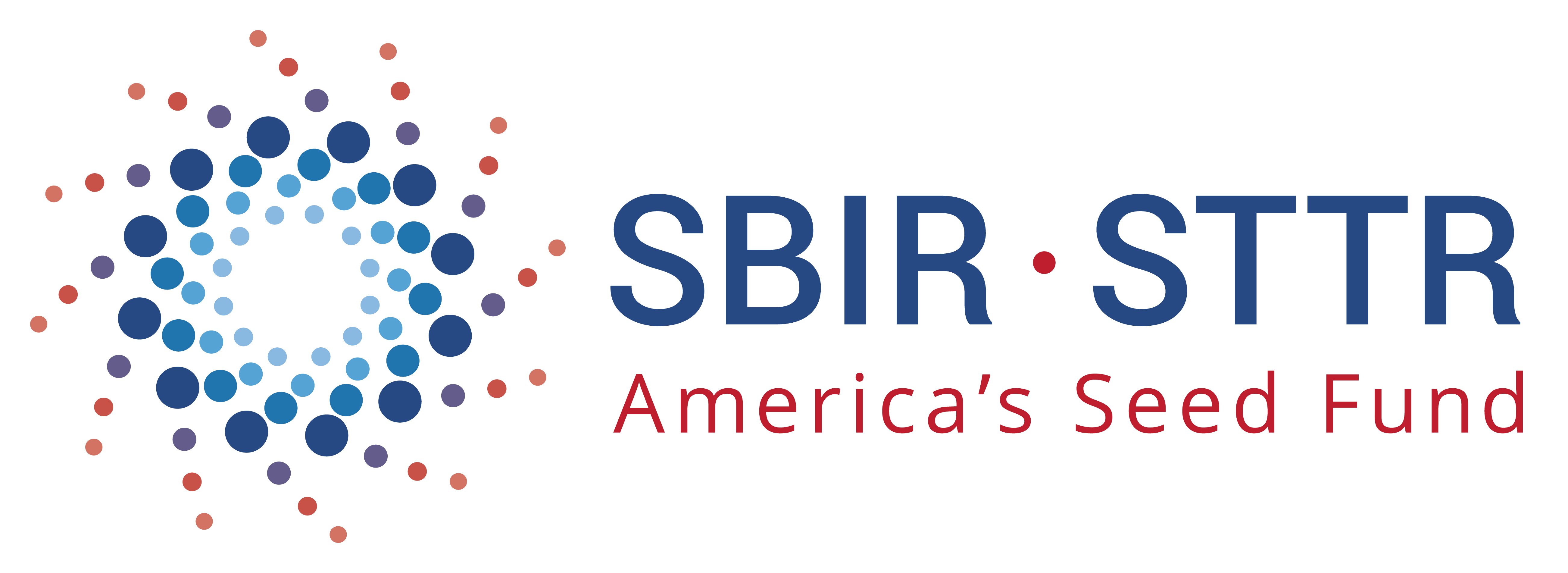Many of us might wonder whether the govt has gone overboard with funding, but if they are offering and you are eligible you should at least consider applying.
Free Money: USDA PRS grant
Many of us might wonder whether the govt has gone overboard with funding, but if they are ...
Shellfish Tags: What? Why? and How?
Shellfish tags are mandated by the FDA and are part of the model ordinance from the ...
Podcast: With Aquademia
The Global Seafood Alliance (formerly the Global Aquaculture Alliance) publishes one of ...
FSMA New Rules: What will change for the Seafood Industry?
The New Era of Smarter Food Safety represents a new approach to food safety, leveraging ...
Prop 65: This Matters for Everyone
Save yourself from a frivolous lawsuit and include the Prop 65 language on your shellfish ...
NOAA Grant: We Won!!
Thanks to all the folks at the National Oceanic and Atmospheric Administration (NOAA) we ...
Vibrio and Food Safety
The success of our businesses rely on consumers staying healthy.
Meet Kam: Farmer and Fisherman
Although BlueTrace software is great, the key to success is having folks like Kam Kim of ...
Meet a Distributor: War Shore
Brad Blymier started as a small pedestrian farmer on the eastern shore of Virginia over ...
Insurance: Recordkeeping Matters
Below is a nice description of the new ELAP insurance program from the East Coast ...


 Brad Blymier started as a small pedestrian farmer on t
Brad Blymier started as a small pedestrian farmer on t